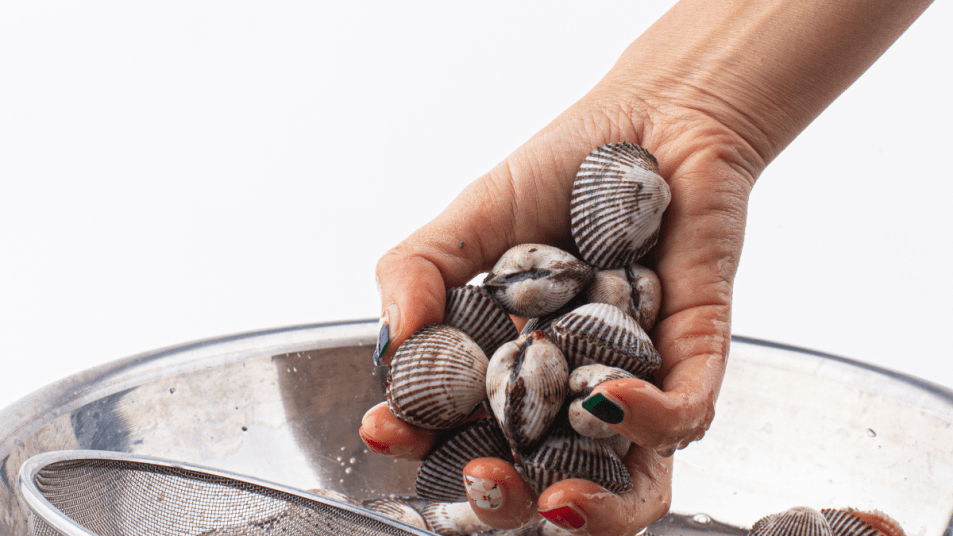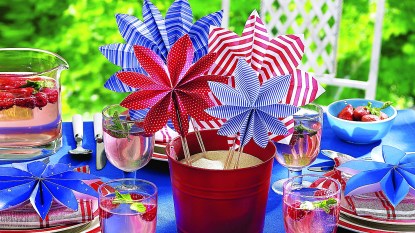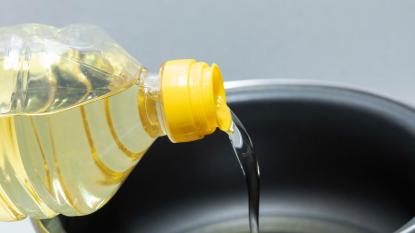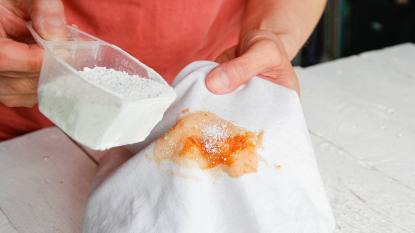How to Clean Seashells and Beach Treasures: Experts Suggest These Household Products to Sanitize
Seashells and other beach items should be cleaned as soon as you get home from you sunny day outside

Doesn’t it bring you so much joy when you’re strolling along the sands and shore of the beach, and spot a unique, colorful seashell, rock or piece of sea glass? As excited as you may be to pack it up in your beach bag and bring it home, there’s an important step you don’t want to skip: cleaning it. Whether you plan on using it for a fun craft or simply adding it to your display collection, it is crucial to thoroughly clean and disinfect any beach treasures you pick up for health and safety purposes, as well as to preserve the quality of your new finds!
Why do items found on the beach need to be cleaned?
- Health and safety purposes
Though arguably one of the earth’s most stunning creations, beaches are naturally very unsanitary. Vanessa Bossart of Sparkling Clean Pro explains that pathogens and bacteria are concerns when you pick up an item from the beach, as these pieces often carry harmful microorganisms. Washing them helps reduce the risk of infections or allergic reactions.
Chemical contaminants are another factor, Bossart says, as beach items might be contaminated with pollutants like oil, pesticides or heavy metals that can be potentially harmful.
- Preservation purposes
There are preservation components to properly cleaning beach objects. Seashells and rocks, for example, are organic materials which might carry residue which poses a risk of decay, unpleasant odors and attracting pests.
Similarly, salt from ocean water and sand can corrode materials, and the sand can be abrasive, potentially damaging the items and making them less visually appealing, Bossart adds.
- Aesthetic appeal
“Proper cleaning enhances the natural beauty of seashells, sea glass, and rocks, making them more suitable for display or crafts,” says Bossart.
How to clean seashells and other beach items
Bossart recommends using gloves throughout this process, especially when handling bleach or other cleaning agents to protect your skin. Additionally, she says, try to clean items in a well-ventilated area, especially when working with strong chemicals. After the initial cleaning, inspect items and repeat the process if necessary to ensure thorough cleanliness. Bossart suggests these best practices for effectively cleaning various beach items.
Seashells
- Begin with an initial rinse under fresh running water to remove loose sand and debris.
- Soak the shells in a mixture of water and a small amount of bleach (about one tablespoon per gallon) for a few hours to remove any remaining organic material and decontaminate the shell. You can also use a mild detergent in place of bleach for a more gentle clean.
- Use a soft brush or old toothbrush to gently scrub away any stubborn debris.
- Rinse the shells again thoroughly with fresh water to remove any bleach residue.
- Lay the shells out on a towel to air dry completely.
TikTok creator Sia Shells says she opts to scrub shells well with apple cider vinegar and water. She uses this mixture instead of muriatic acid (which some people recommend for bringing out the vibrant color of seashells) since it’s less risky to handle and more eco-friendly. She then slathers the shells in coconut oil to help them keep their shine and stay glossy. Watch her video below!
Sea glass
- Again, Bossart suggests giving the glass an initial fresh water rinse to remove surface sand and salt.
- Soak the sea glass in a solution of equal parts white vinegar and water for a few hours to dissolve any remaining salt and grime.
- Use a soft brush to scrub the pieces gently to avoid damaging the glass as you clean.
- Rinse thoroughly with fresh water.
- Lay the glass out on a towel to air dry.
Video creator mddesigns16 puts these methods to work and uses a strainer to make her sea glass look brand new. Watch here!
Much like sea shells, you can use baby, olive, coconut or another type of food grade oil if you want to add an extra layer of sheen to your objects. If you do this with sea glass, it will likely diminish some of that frosty coating around the pieces, but you can get this back by returning the glass to your desired cleaning solution.
Stones and rocks
- Rinse rocks under fresh running water.
- Soak the rocks in a mixture of a few drops of dish soap and warm water for about an hour.
- Instead of a soft brush, this time you’ll want to use a stiff brush to scrub off any dirt and organic material that the rock is holding on to.
- Rinse the rocks again with fresh water to remove all soap residue.
- Allow the rocks to air dry completely.
For more tips from cleaning pros:
How to Clean Your Lawn Mower By Yourself at Home According to Landscaping Experts
No Need to Toss Your Rusty Garden Tools: Here’s How to Clean Them According to Garden Experts













